I’m genuinely fascinated by the rise (and rise) of at-home skincare tools. The world is becoming more tech-reliant and innovation is accelerating at a dizzying rate, but when it comes to skin tools, we’re stripping things way back, and the only gadget a DIY facial requires is a low-fi jade roller or gua sha stone.
A quick history lesson: gua sha is an ancient Chinese healing practice where a smooth stone – traditionally jade – is scraped firmly in a fluid movement over the face or body.
Today’s tools are generally made of a semi-precious stone, usually jade, rose quartz or black obsidian, believed to be imbued with healing properties. And while I may be (hugely) sceptical about the healing power of any stone, I am not at all sceptical about the topical effect they have on my skin.
Gua sha is an ancient Chinese healing practice
I regularly incorporate a tool into my PM skincare routine, and I do find that my skin looks rejuvenated, feels soothed, and my skincare products do feel like they’re being pushed into my skin. Studies into gua sha are limited, but several show its benefits for pain relief and blood flow to the skin. The benefits of lymphatic drainage massage are well known. (Regarding the reduction of fine lines and wrinkles, the other purported benefit of beauty tools… I’m not convinced.)
And these stone tools are making their way from your bathroom and into professional treatment rooms, too.
“Using tools in a treatment takes the facial to a whole other level—deeper production penetration, sculpting, lifting, refining texture, soothing inflammation, de-puffing, and skin that looks and feels more vibrant and glowy,” confirms Clare McColl, a skin therapist at Sydney’s must-visit FENN. “Combining gua sha with active ingredients and modalities, such as radio frequency, microcurrent and light therapy, releases muscular tension, and encourages stimulation and cellular renewal. Skin always feels more lifted and sculpted.”
Using tools in a treatment takes the facial to a whole other level
But like everything in life, there is a potential downside to all this kneading; you could, in fact, be unintentionally damaging your skin. McColl lists a few of the common issues: if you skip prep and drag your tool across the surface of dry skin, you could compromise the elastin, which could lead to broken capillaries and minor bruising.
Using only downward motions could exacerbate sagging, and excessive massage can cause skin inflammation or irritation, especially in sensitive skin, and may spread acne. I’m naturally heavy handed when it comes to massage (I always tick the “firm” box when getting a professional service), but McColl tells me that, over time, this will actually decrease elasticity and firmness, and may even cause bruising on sensitive skin.
But I’m not suggesting you down tools. Quite the opposite. If all your face tool ever gives you is a moment of serenity and some relief at the back of your jaw (I love digging a gua sha in the back of my jaw), that’s worth it, in my opinion. What McColl and I are suggesting is that you simply follow a few basic guidelines: prep with moisturiser or face oil so the tool slides and glides over skin; deploy a light touch; always move in an upward motion; and only treat areas of the face not currently experiencing any redness, breakouts or sensitivity.
McColl’s pro tips:
Store your tool in the fridge and use it in the morning to de-puff the eye area.
The lymphatic system is delicate, so follow a diagram or tutorial to assist in the effective flushing of toxicity and build-up, and always glide out towards the lymph nodes.
Prep skin with a nourishing treatment oil loaded with essential fatty acids to increase suppleness and fortify the skin barrier.




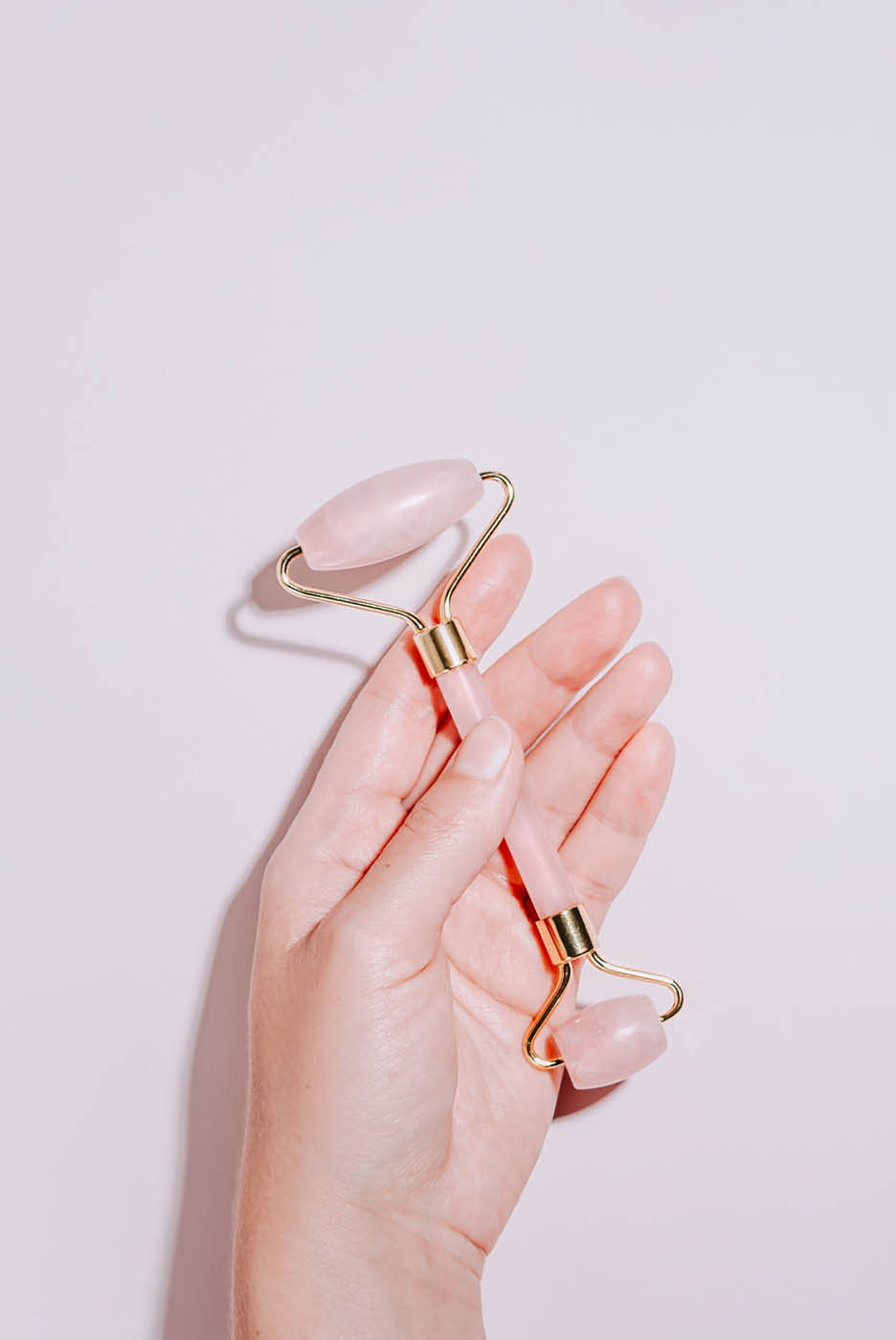
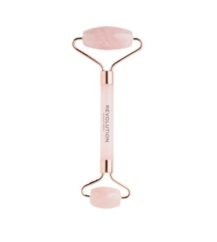
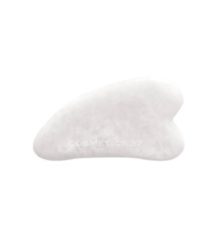
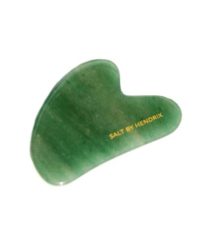
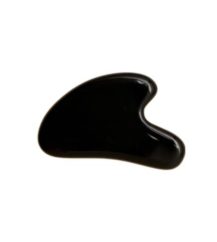

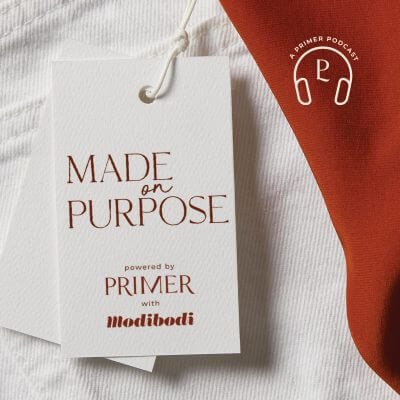
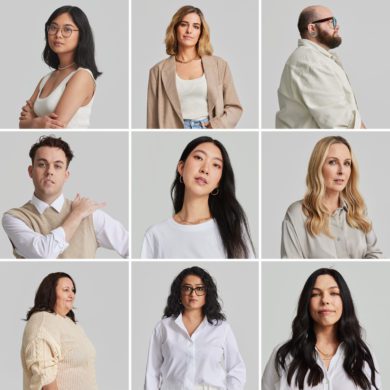
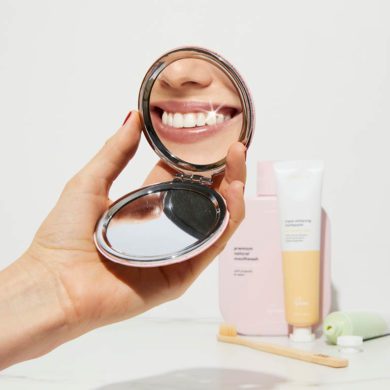
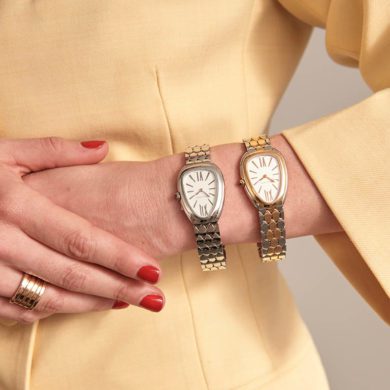
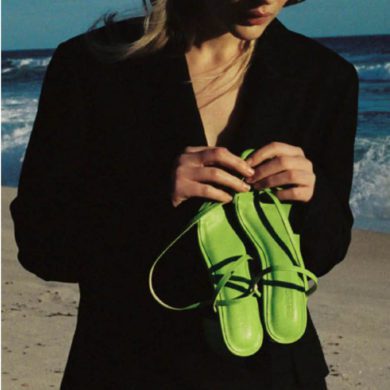
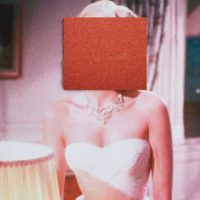
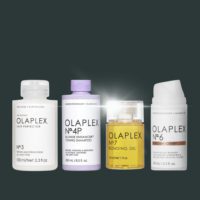
No Comments